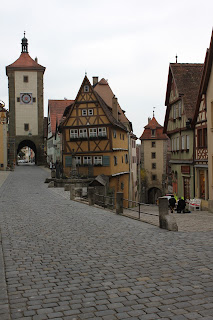I've been working on this for a couple of months now (including the post disappearing before I sketched all of the shoes and having to find them again). I wanted to have a timeline that showed the changes in style in a very coherent and gradual way. I tried to pick out styles that were not only very typical of their time (for English or American), but could show change from one style to another. And, above all else, be sure to reference what museum the images came from!
Met Museum 1984.141
1700-1710
Met Museum 2009.300.1480
1700-1720
Russian Shoe Museum id 1723
1710-20
Russian Shoe Museum id 1411
1720-30
Russian Shoe Museum id 1574
1720-40
Russian Shoe Museum, id 1030
1736*

Russian Shoe Museum, id 1412
1740

Russian Shoe Museum id 945
1750-60

Met Museum 2009.300.1406
1750-70

Russian Shoe Museum id 990
1750-70

Met Museum 13.49.30
1776

Russian Shoe Museum id 949
1777*

Russian Shoe Museum id 973
1775-85

Russian Shoe Museum id 1134
1780s

Russian Shoe Museum id 1037
1790

Met Museum C.I.43.65.3
1790
Russian Shoe Museum id 1587
1795-1800
Met Museum 2009.300.4743
1730-59Russian Shoe Museum, id 1412
1740
Russian Shoe Museum id 945
1750-60
Met Museum 2009.300.1406
1750-70
Russian Shoe Museum id 990
1750-70
Met Museum 13.49.30
1776
Russian Shoe Museum id 949
1777*
Russian Shoe Museum id 973
1775-85
Russian Shoe Museum id 1134
1780s
Russian Shoe Museum id 1037
1790
Met Museum C.I.43.65.3
1790
Russian Shoe Museum id 1587
1795-1800
























